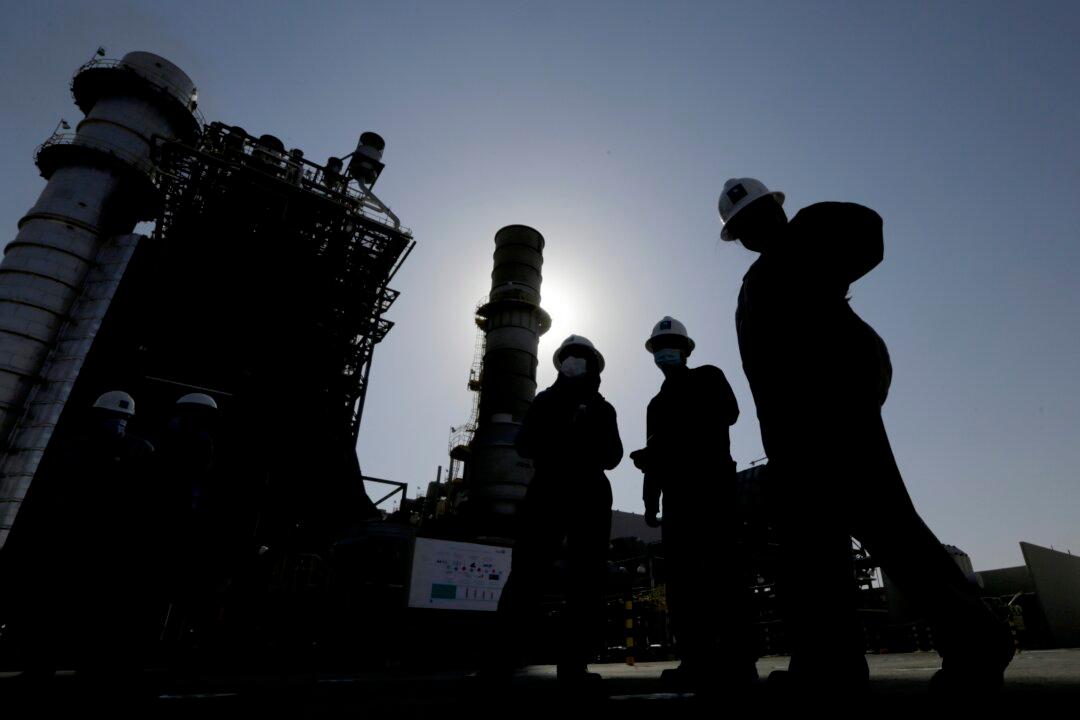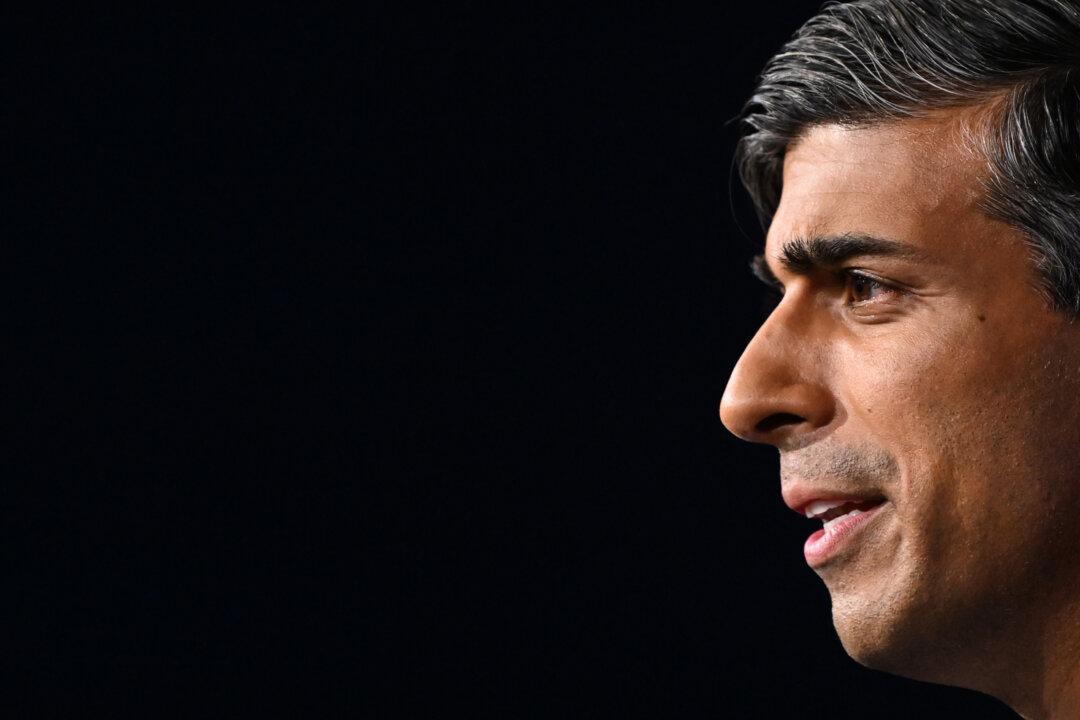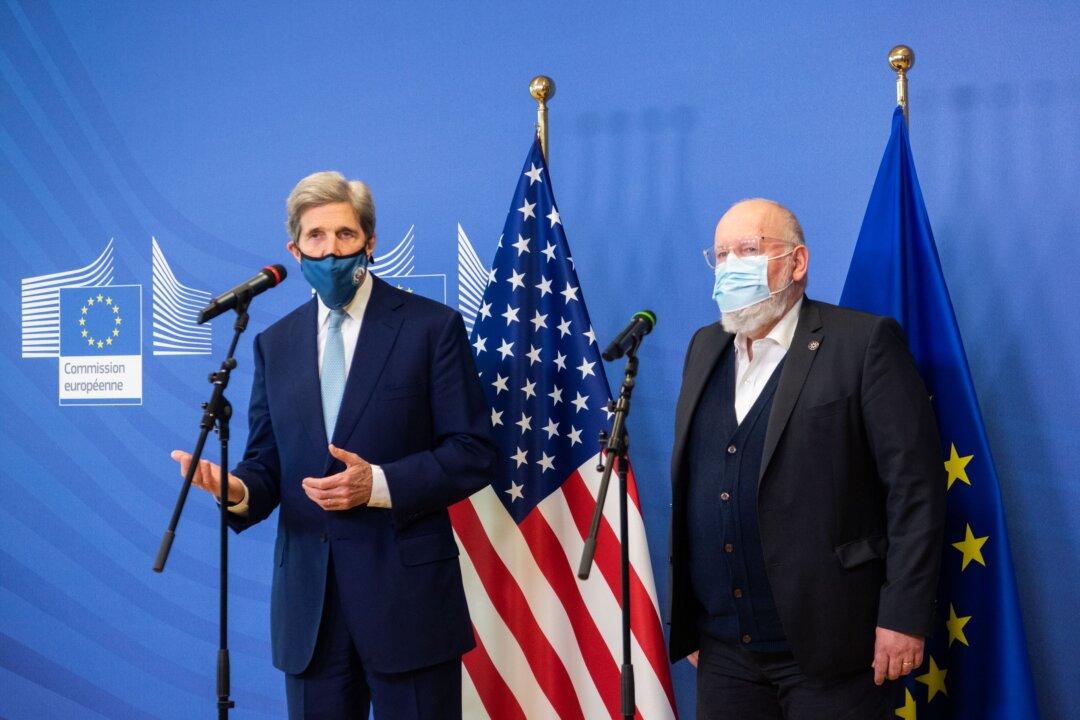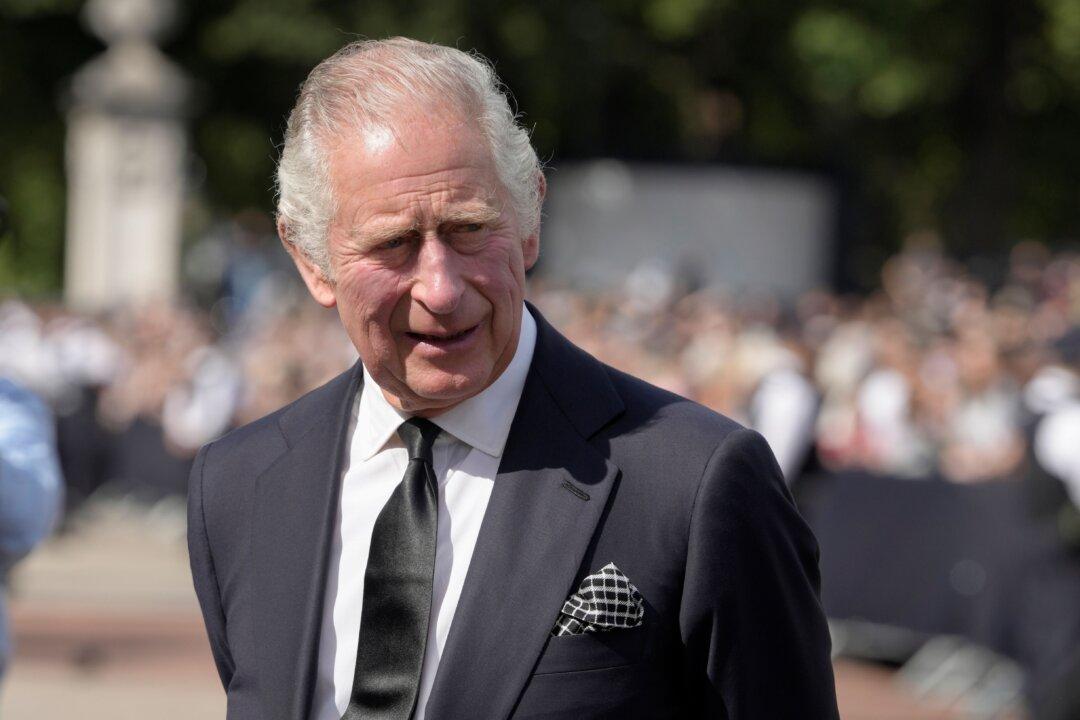Commentary
Fifty years ago, the economies of the West were reeling from the effects of an oil embargo imposed by OPEC in response to the United States providing emergency military aid to Israel in the October 1973 Yom Kippur War. By January 1974, the embargo had nearly quadrupled the price of oil, driving up inflation and ending the postwar economic expansion.





